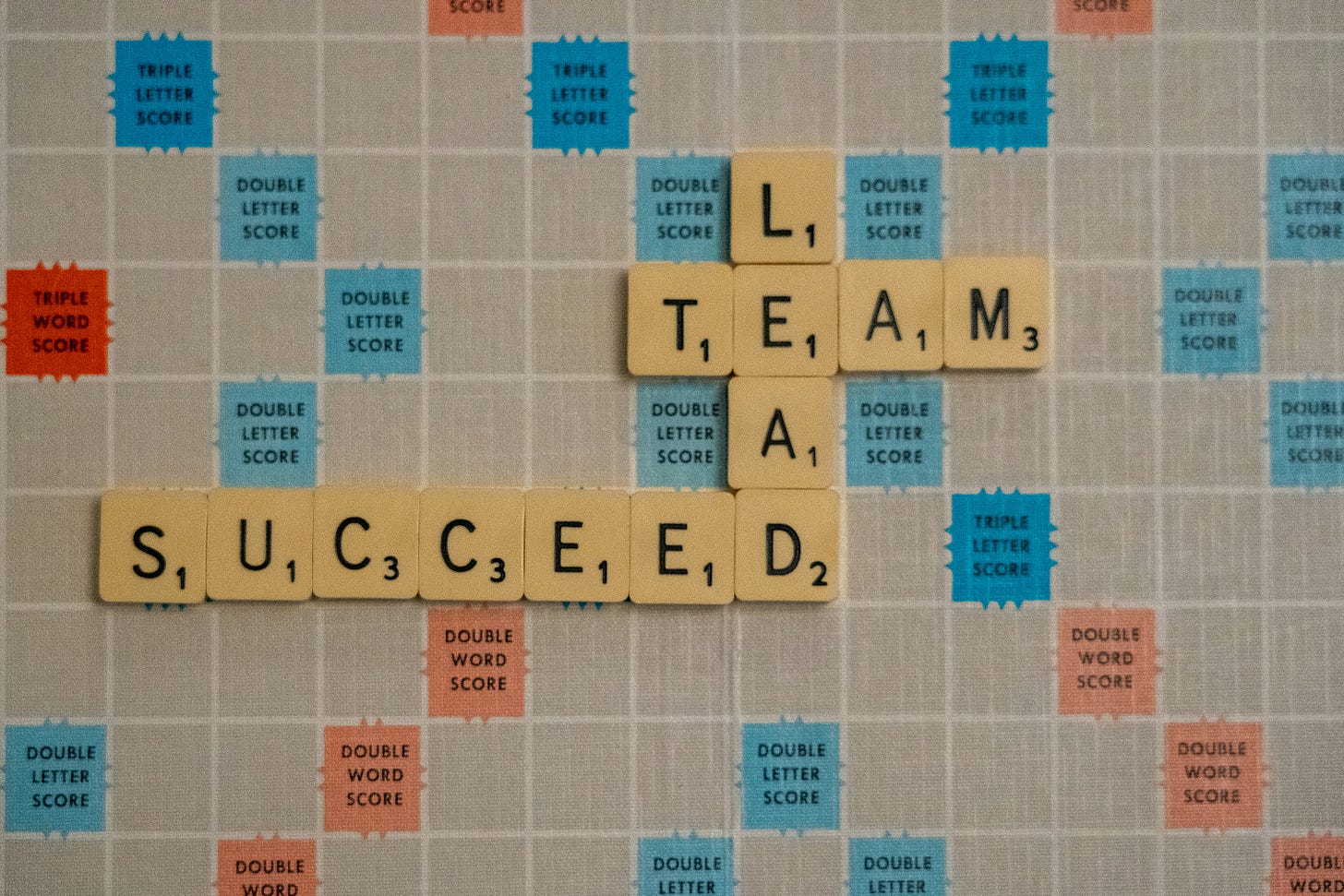It Takes a Team: Product Leaders, Managers, and Owners Explained
No One Can Do It All: The Product Roles That Drive Success
Product success doesn’t come from heroic individual effort. It comes from clarity of roles, strong collaboration, and shared ownership across a product leadership triad: the Product Leader, the Product Manager, and the Product Owner.
Too often, we try to collapse all product responsibilities into a single role. This creates real risk:
Execution quality drops as one person spreads too thin
Individuals burn out from covering too many bases
Business value goes unrealized due to gaps in coverage
To build successful products and healthy product teams, we need to understand the distinctions—and the collaboration—between the three key roles.
The Three Key Roles in Product Management
Let’s explore what each role contributes and why they all matter.
🧭 The Product Leader
(a.k.a. The Portfolio Strategist)
If the product team were a ship, the Product Leader is standing at the top deck with the telescope. They’re focused on the long-term course—where we’re heading, and why it matters for the business.
They don’t steer the ship day to day, but they do make sure everyone’s headed in the right direction.
🎯 What they do:
Define and manage the portfolio vision and strategy
Align product work with executive priorities
Build business cases for big initiatives
Help remove blockers at the org level
Hire, mentor, and support PMs across the board
🧰 What they produce:
Portfolio Roadmap
Strategy Docs
Business Cases
Executive Briefings
🌟 Why they matter:
They create alignment at the highest level and make sure the product portfolio supports the broader company mission. Also? They keep teams focused on the big picture—especially when the day-to-day gets chaotic.
🧠 The Product Manager
(a.k.a. The Lifecycle Owner)
The Product Manager is right in the thick of things—translating strategy into reality, and reality into lessons. They're owning the product through its entire lifecycle, from fuzzy idea to measurable impact.
They're part strategist, part collaborator, part customer whisperer.
🎯 What they do:
Define the product vision and connect it to real business goals
Talk to customers (a lot), run research, test hypotheses
Shape the roadmap, prioritize what to build (and what not to)
Partner with design, engineering, marketing, and ops
Track performance and evolve the product based on feedback
🧰 What they produce:
Product Vision & Strategy
Roadmaps
OKRs / KPIs
Feature Backlog
Business Case
🌟 Why they matter:
They bring focus, clarity, and customer obsession. They also help make sure we’re solving the right problems, not just building more stuff.
🔧 The Product Owner
(a.k.a. The Delivery Catalyst)
Ah, the unsung hero of iteration. The Product Owner is deep in the engine room, working side by side with the development team to keep work flowing—and to make sure every story has a clear “why.”
They live closest to the sprint rhythm and help ensure teams are shipping the most valuable work right now.
🎯 What they do:
Own the team backlog (user stories, bugs, tech enablers, etc.)
Translate roadmaps into detailed, ready-for-dev stories
Write and refine acceptance criteria
Lead sprint ceremonies (planning, grooming, reviews)
Make prioritization calls based on value, effort, and team input
🧰 What they produce:
Sprint Objectives
User Stories
Acceptance Criteria
Release Plans
🌟 Why they matter:
They connect strategy to execution and keep the team laser-focused. Also, they make sure feedback is heard and incorporated—without slowing things down.
🤝 Collaboration Is the Secret Sauce
Each role has a distinct focus. But none of them can succeed in a vacuum. When the triad is working well, you feel it:
Product Leaders give context and alignment from the top
Product Managers turn strategy into actionable plans
Product Owners keep delivery tight, fast, and meaningful
The handoffs are clean, the collaboration is constant, and the product actually moves forward in a way that feels intentional—not chaotic.
But when one role is missing—or overloaded—everything starts to wobble. The roadmap gets fuzzy. Priorities get murky. People get frustrated. And let’s be honest… it’s no fun for anyone.
🫣 You Can’t Do It All (And You Shouldn’t Try)
It’s tempting to try and wear all the hats. Especially at startups, or in under-resourced teams, where one person is expected to own:
Vision
Strategy
Business case
Roadmap
User research
Story writing
KPI tracking
Cross-functional alignment
…and probably lunch planning, too
But that’s a fast track to burnout. And more importantly—it’s not scalable.
Great products are team efforts. And the triad model is one way to make that team structure healthy, sustainable, and effective.
Final Thought: Build the Right Thing, the Right Way, Together
When roles are clear and trust is high:
Product Leaders focus the portfolio
Product Managers turn vision into action
Product Owners deliver value sprint by sprint
And together? They build things that matter—without sacrificing team health or quality along the way.
So if you’re a PM feeling stretched thin: you’re not doing it wrong. You might just be doing it alone. And there’s a better way.
Let’s make space for collaboration. It’s where the good stuff lives.


